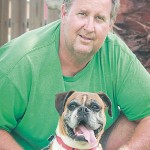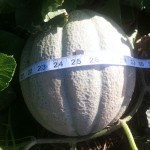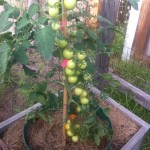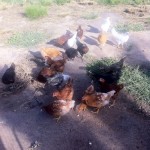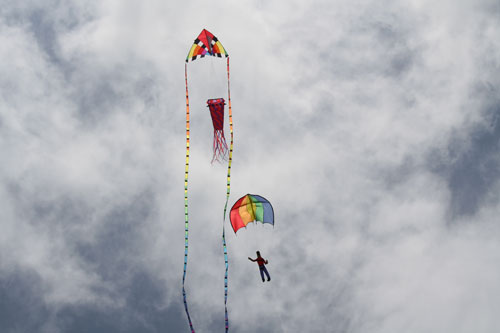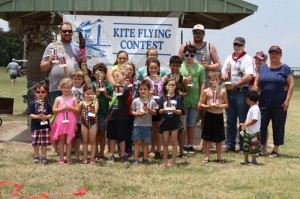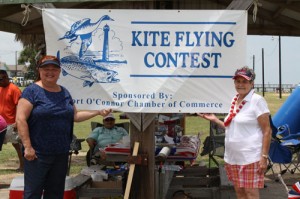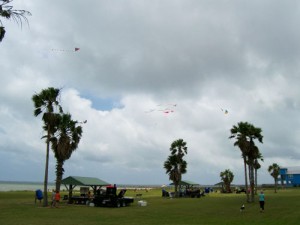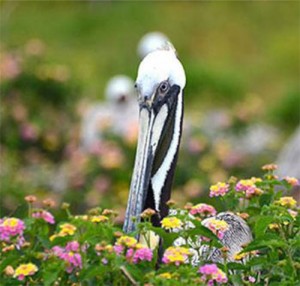dowse: verb \ˈdau̇z\ : to search for an underground supply of water by using a special stick that leads you to it; dows•ing: intransitive verb: to use a divining rod transitive verb: to find (as water) by dowsing Origin unknown; First Known Use: 1691 -Webster’s Dictionary
“I know very well that many scientists consider dowsing as they do astrology, as a type of ancient superstition. According to my conviction this is, however, unjustified. The dowsing rod is a simple instrument which shows the reaction of the human nervous system to certain factors which are unknown to us at this time.” -Albert Einstein
For scientists, examples of finding water by dowsing fall under the heading “anecdotal,” rather than proof or even evidence of dowsing’s potential. Nor can they be blamed for adopting that attitude. Part of their problem with dowsing lies in the fact that even dowsers don’t know exactly how they do it, and what they can explain of it sounds suspiciously like magic. Some of them refer to their skill as divining, a method that operates through some means other than the physical senses.
Water is not the only commodity dowsed for health and profit. The petroleum industry has used dowsing to locate oil wells. Dowsers are called Doodlebuggers. One of the most successful dowsers was Paul Clement Brown of California, an MIT graduate and electrical engineer, who used dowsing to successfully dowse oil wells for Standard Oil, Signal Oil, Getty Oil, Mobil Oil, and others. For years, he advised one of America’s most successful petroleum “wildcatters,” J.K. Wadley, on whether or not his proposed oil-drilling sites would be productive and how deep the oil would lie. His ability to dowse for oil was tested by an initially skeptical senior petroleum engineer. Chet Davis, on 35 proposed well sites. “He was right on all 35 wells,” says Davis. “I don’t think anyone in the oil business would believe it if they didn’t see it. I wouldn’t have.”
Brown’s main device was a hand-held pendulum. Asked to explain how his dowsing method works, Brown answered enigmatically, “You know, that’s a good question. As they say: The spirit moves me.
What I’ve done, any man can do with the right spiritual approach. And that approach is the truly scientific one. They’ll tell you dowsing isn’t scientific, but it is if you do it the way it should be done.”
Which doesn’t answer the question, but poses a couple of heavy ones that we certainly can’t answer here. However, it’s interesting to note that parapsychologists have done research that shows that people who believe in the possibility of a “sixth sense” perform better on tests for physical ability than those who don’t believe such a sense exists. We are reminded of Yoda in The Empire Strikes Back, teaching Luke Skywalker that only Skywalker’s belief that some things are impossible prevents him from accomplishing them.
Here is a short bio on my uncle, Paul Clement Brown: He was born May 5, 1902 in Shaner, Oklahoma.
His mother (my grandmother) was a school teacher in Kansas. When my grandfather moved her to a homestead he acquired in the Cherokee Strip in 1893, there was neither a town or a school house.
When Uncle Paul was one year old, still too young to talk, Grandmother wrote the alphabet all along the wall. She would name one of the letters and he could point to it. When he was five years old they gave him a pocket watch. He took it all apart and spread the parts out on the table. Then he put it all together and it worked fine.
When he graduated from Canadian Texas High School, Grandfather urged him to take a job at the Bank. The teachers from his High School said “Oh no, he is not. He is going to the University of Texas in Austin.” The University in Austin kept him for two years then sent him to M.I.T. in Boston. There he got two degrees, Electrical Engineer, and Mechanical Engineer.
During WW2, they held up the bombing attack on Berlin so he could finish his weather balloons to be dropped over Germany. An Admiral asked him to develop a sonar that could work through rock formations to find hidden German Submarines. I was the executor of his estate when he died and I found the note from the Admiral. Uncle Paul told me he was unable to develop the sonar.
What he did manage to do was develop very sensitive instruments to read the electronic waves coming from the earth. When I asked him how it worked, he replied. “I use the band of frequencies that emanates between the elements like on the spectrograph. I call them my family of frequencies.
After that he became interested in Petroleum Engineering. Paul Brown developed a dowsing procedure which was difficult to understand and regarded as non-conventional by petroleum geologists and scientists. However, the recorded evidence proved his success There is no doubt that Paul Brown was held in high esteem by many major oil companies in the U.S.A.
In the 1950’s, Paul Brown and some scientist friends were asked to design a flying saucer. They did design one, but it could not be built as there was no metal on earth that could withstand the stress of movement.
JJ welcomes any aircraft or UFO enthusiasts to come by 2148 Monroe, POC and see the plans.

